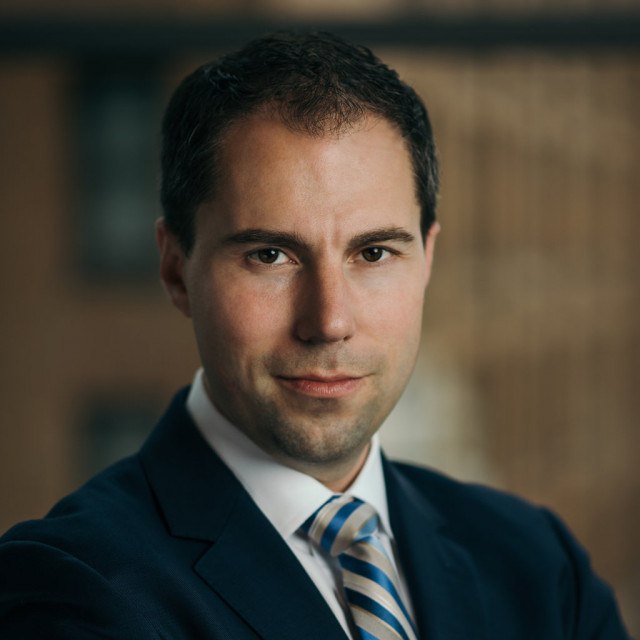

By the time I was asked to make this identification from a set of photographs, I had been practicing this profession for over a quarter of a century. I have made my living and my reputation by the sharpness with which I can see, remember and recount the details and meaning of photographs. I am a historian of photography and a scholar of visual studies. According to The Innocence Project, 76% of those who were exonerated based on DNA evidence were convicted, at least in part, by eyewitness accounts. The court recommended that juries be better instructed in how these and other factors can affect the ability to remember correctly.īut the AJS study’s conclusion is stark: Even if the photos are viewed one by one, culprits were correctly identified only 27% of the time. Findings can be influenced by whether the witness is under a lot of stress, whether the sighting is brief or a weapon is visible, if the witness is a different race from the suspect. Other factors are also instrumental, according to the New Jersey Supreme Court. We can analyze all the numbers we want, but until we acknowledge more fully the role emotions play, we won’t have the data required for the policies we need. It doesn’t matter if a photograph is set in front of you that depicts the real criminal and no one influences you improperly. This is what it can mean to be a witness to violence. It was probably because, subconsciously, I never wanted to see him again. I chose the photograph of another man because meeting the suspect’s eyes in the rear-view mirror had shocked me so much – even though I had no conscious knowledge that he had a gun – that I refused to recognize his face. There was no way that the photograph to which I pointed could have been a picture of the man who was under arrest. In four hours, of course, he hadn’t had time to grow one.

Here is what I did: Three separate times, I pointed out a photograph of a man with a beard as the man I had seen on the road.Īs I learned from the subsequent unfolding of the case, the man I had seen on the road had no beard. The police asked me to make an identification from a photographic lineup. But before he had been arrested, the suspect shot a police officer, who was in the hospital badly wounded. It was then I found out there had been a robbery in that neighborhood, a VCR had been stolen and a suspect caught. Four hours later I decided to tell this experience to the police. I went on to do the errands of the day, while puzzling about the meaning of what I had just seen. I didn’t understand at the time what I was seeing, but the fear, and something wilder, that I saw in his eyes was palpable.Īfter I passed, he dodged into the bushes on the other side of the road and disappeared. I will never forget the jolt of that confrontation.


 0 kommentar(er)
0 kommentar(er)
